- Summary list for 11.2 Movement
- Mindmaps
- Model answer
- Model answer
- Model answer
- Model answer
- Multiple Choice questions
- 11.2 Movement HL 1/1
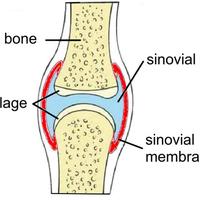
These slides summarise the essential understanding and skills in the topic Movement 11.2.
They contain short explanations in text and images - great revision.
Read the slides and look up any words or details you find difficult to understand.
Summary list for 11.2 Movement
Skeletons and muscles
- Bones and exoskeletons (e.g. insect legs) provide anchorage for muscles and act as levers.
- Synovial joints allow certain movements but not others.
- Muscles work in antagonistic pairs.
Muscle contraction
- Skeletal muscle fibres are multi-nucleate and contain
- specialised endoplasmic reticulum.
- many myofibrils.
- made up of contractile sarcomeres.
- The sliding of actin and myosin filaments causes contraction.
- Contraction requires ATP hydrolysis and cross bridge formation
- Calcium ions and the proteins tropomyosin and troponin control muscle contractions.
Skills & applications
- Know how to annotate a diagram of the human elbow. Include cartilage, synovial fluid, joint capsule, named bones and named antagonistic muscles.
- The ability to draw labelled diagrams of the structure of a sarcomere, including Z lines, actin filaments, myosin filaments with heads, and the resultant light and dark bands.
- The ability to find the state of contraction of muscle fibres in electron micrographs,
- Experience of measurement of the length of sarcomeres using calibration of the eyepiece scale of the microscope.
Mindmaps
This diagram summaries the main sections of topic 11.2 about movement.
Test if you can draw something like these concept maps from memory.
Understanding the structure of sarcomeres and their dark and light bands is an important skill from this topic.
Answer the question below on a piece of paper, then check your answer against the model answer below.
Grasshoppers jump using contraction of muscles in their legs. Explain the structure of myofibrils in muscles and the contraction of sarcomeres in the myofibrils. [8]
....................................................................................... ............................................................................
....................................................................................... ............................................................................
....................................................................................... ............................................................................
....................................................................................... ............................................................................
.
.
Click the + icon to see a model answer.
Multiple Choice questions
This is a self marking quiz containing questions covering the topic outlined above.
Try the questions to check your understanding.
START QUIZ!
Drag and drop activities
Antagonistic muscles of the human forearm.
Test your ability to construct biological explanations using the drag and drop questions below.
Drag and drop the correct term into the gap to describe how the antagonistic muscles of the human forearm generate movement.
relaxes increases biceps direction extends antagonistic tension
Muscles can only create when they contract, so pairs of muscles are needed to provide the force to move a limb in either .
Skeletal muscles work in pairs. In the human forearm, the muscle flexes (bends) the forearm and the antagonist, the triceps (straightens) the forearm.
When one of the antagonistic pair contracts, the other reflexively and in length.
Muscles contract and shorten to provide tension (force). They cannot lengthen except by the contraction of the antagonist.
Everyone needs a bit of fun while they revise. Try this Movement topic card matching game.
Can you reach the leader board?
How much of Movement 11.2 HL have you understood?


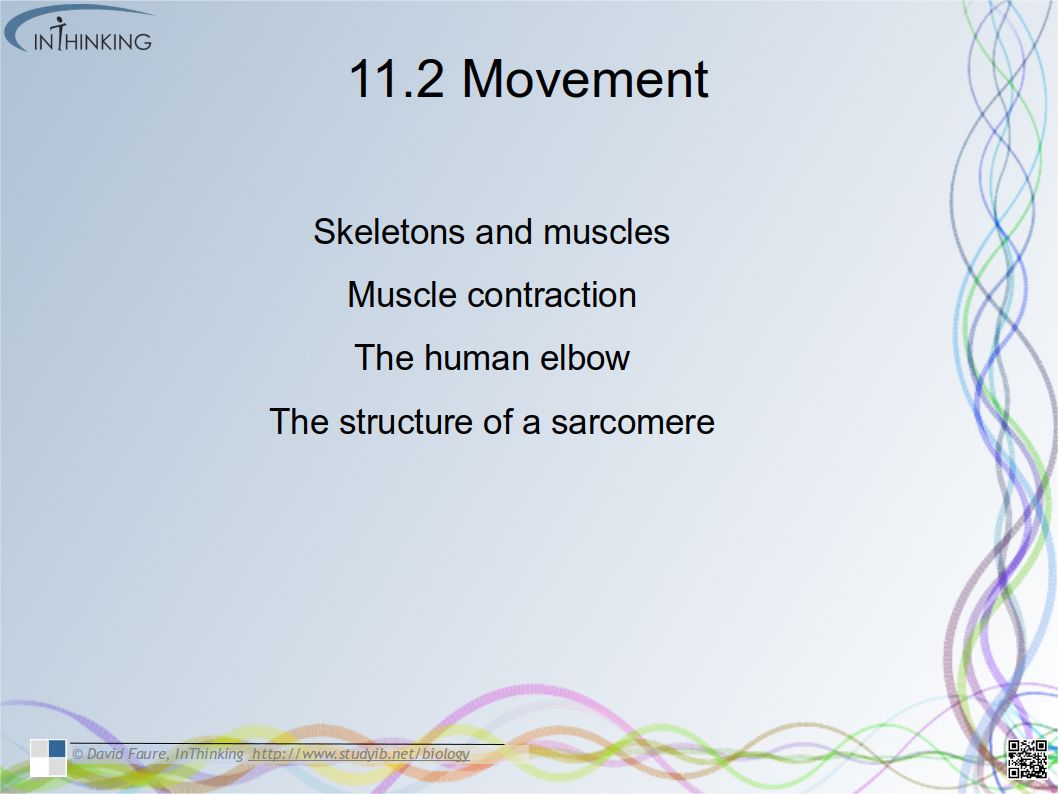
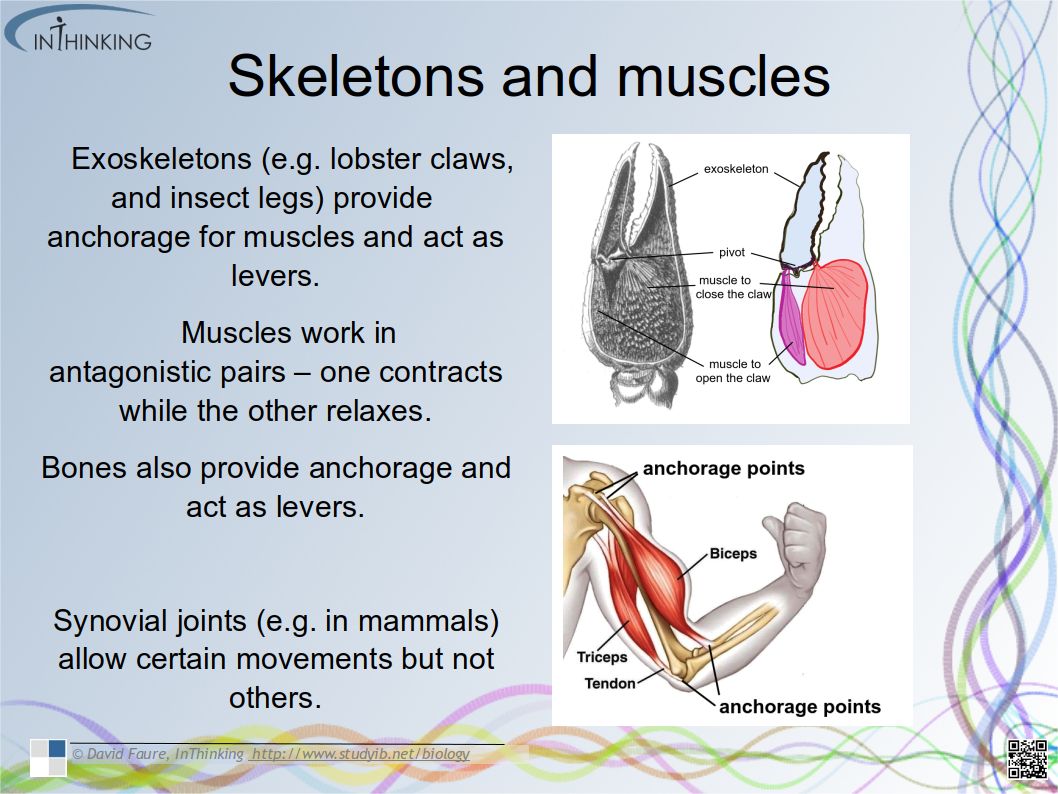

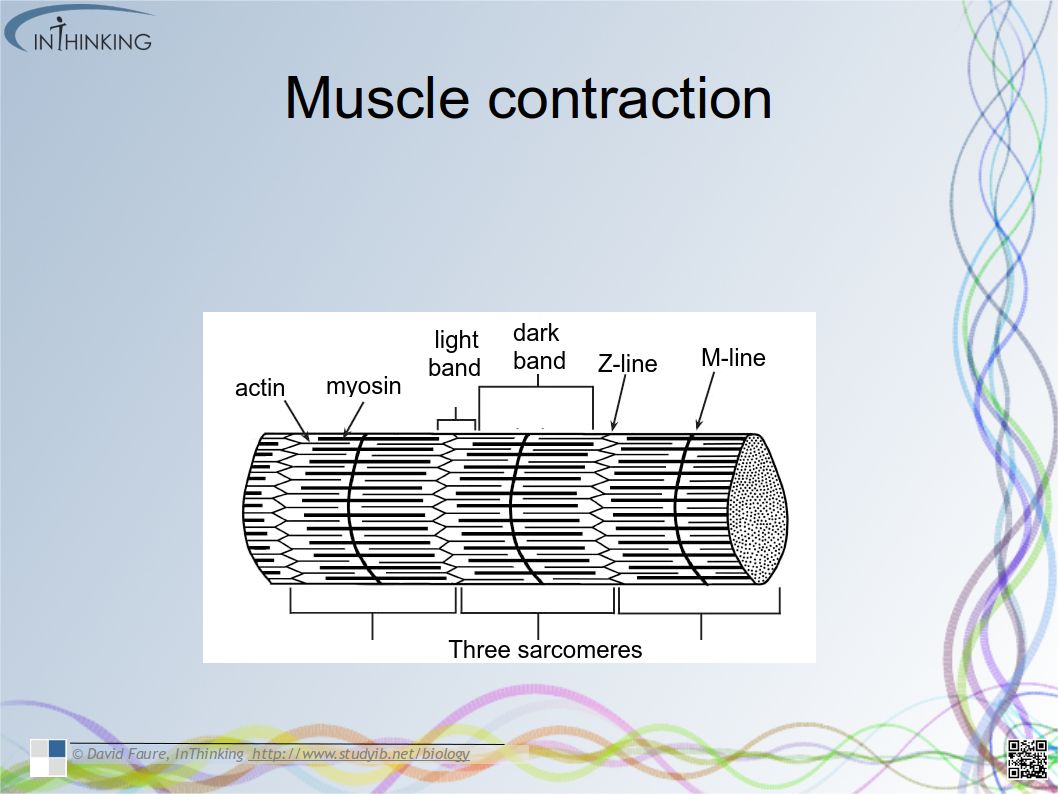

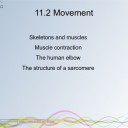
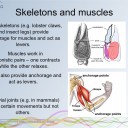
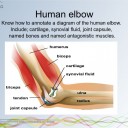
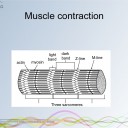
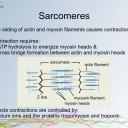


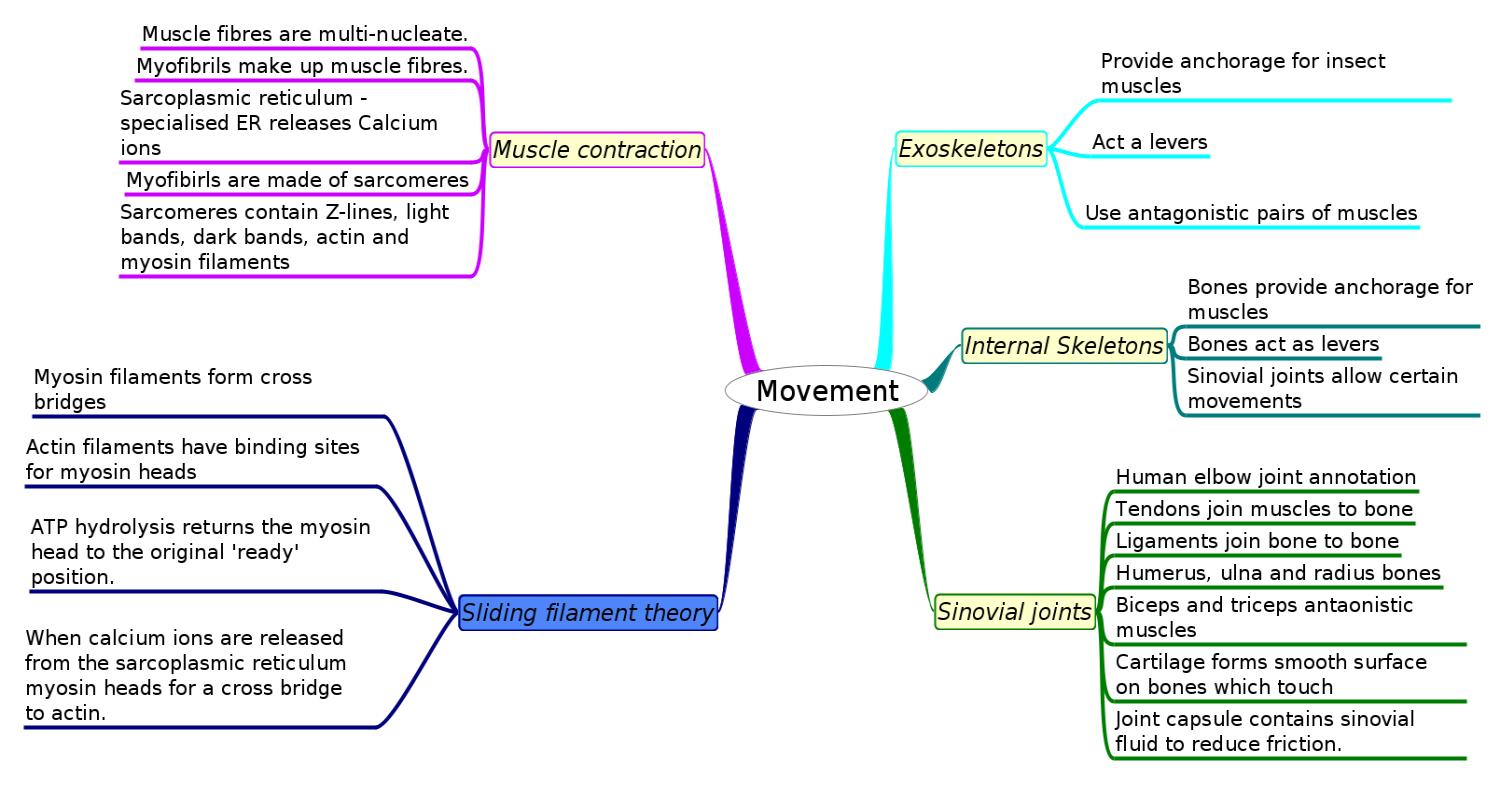
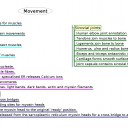
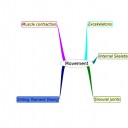



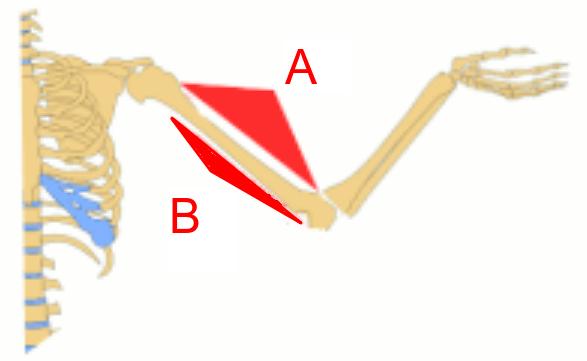
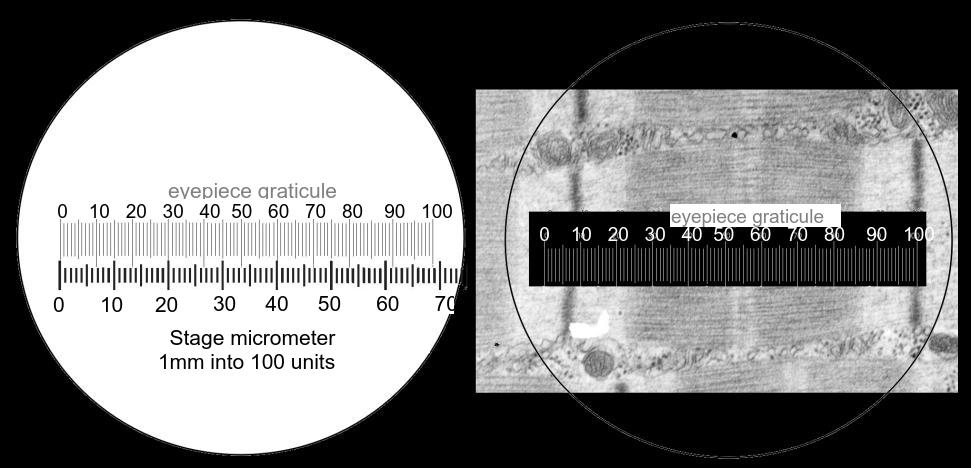



 Twitter
Twitter  Facebook
Facebook  LinkedIn
LinkedIn